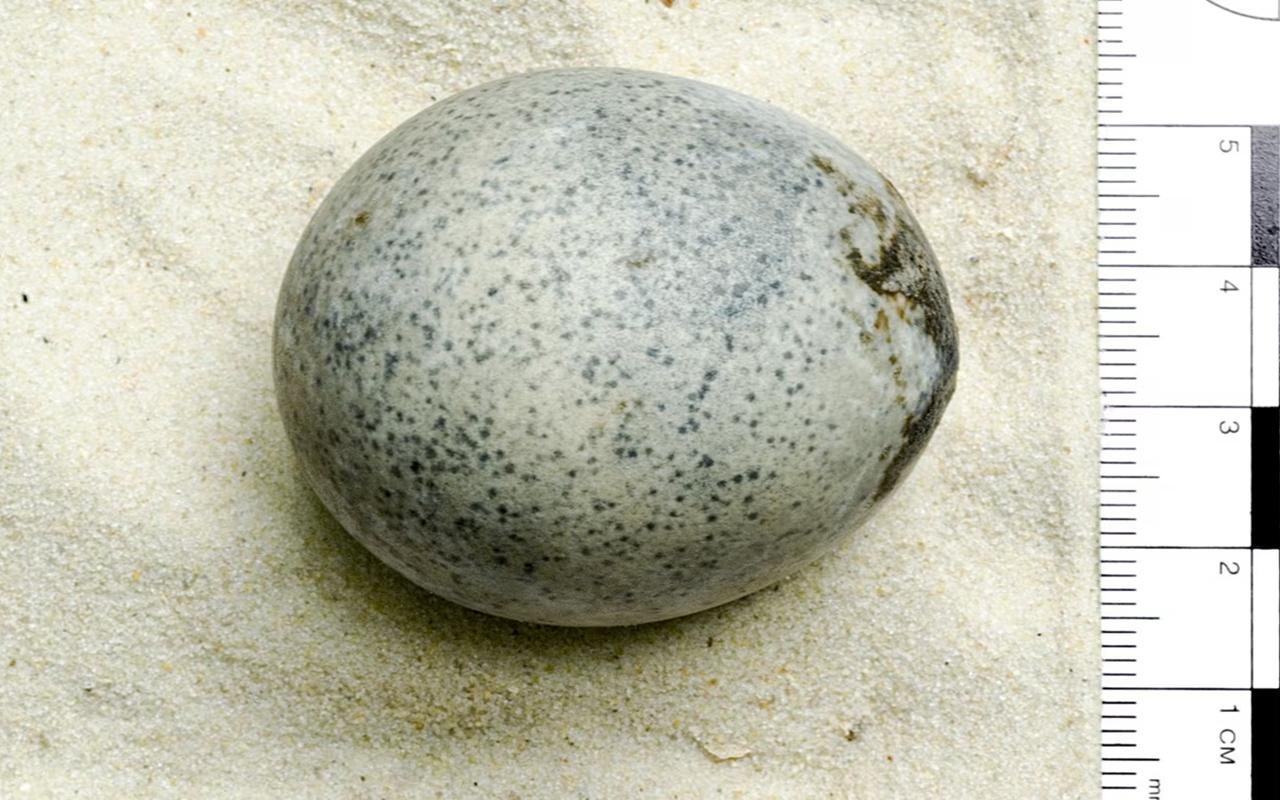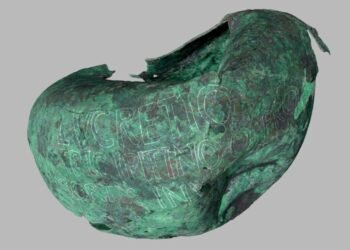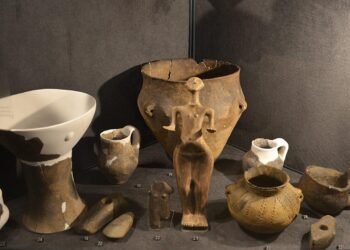Archaeologists conducting a dig in Aylesbury, Buckinghamshire, unearthed a remarkable find dating back some 1,700 years: a cache of speckled chicken eggs nestled in a Roman pit. Among them, the “Aylesbury egg,” as it came to be known, stood out for its intactness and a surprising feature—liquid content. This egg, believed to be the only one of its kind globally, has sparked fascination and excitement among experts.

Edward Biddulph, senior project manager at Oxford Archaeology, described the initial discovery as “genuinely unique,” highlighting the rarity of finding intact eggs from this period.
Despite the fragility of the ancient artifacts, diligent extraction efforts preserved one egg, which later revealed its astonishing secret during a recent analysis. The egg still contains liquid believed to be a mix of yolk and albumen.
Dana Goodburn-Brown, an archaeological conservator and materials scientist involved in the investigation, expressed awe at the egg’s preservation, calling it “absolutely incredible.”
The pit in which the eggs were found was originally used for malting and brewing, suggesting a possible connection to rituals or offerings associated with fertility and rebirth. Discussions among researchers have touched upon the symbolic significance of eggs in Roman religious practices, with speculation that they may have been placed as votive offerings to appease gods or ensure prosperity.
The egg’s journey continued as it underwent a micro CT scan at the University of Kent, revealing not only its unbroken state but also the presence of liquid and an air bubble. Discussions at the Natural History Museum in London centered on conservation efforts and the delicate process of extracting the egg’s contents without damaging its shell.
Douglas Russell, senior curator of the museum’s birds’ eggs and nests collection, expressed excitement at the egg’s potential for shedding light on ancient avian species and their ecological significance. The prospect of extracting the egg’s contents without damaging its fragile shell presents a delicate challenge.
The egg is currently housed at Discover Bucks Museum in Aylesbury, and plans for further scientific research underscore its importance as a rare and invaluable find.






















